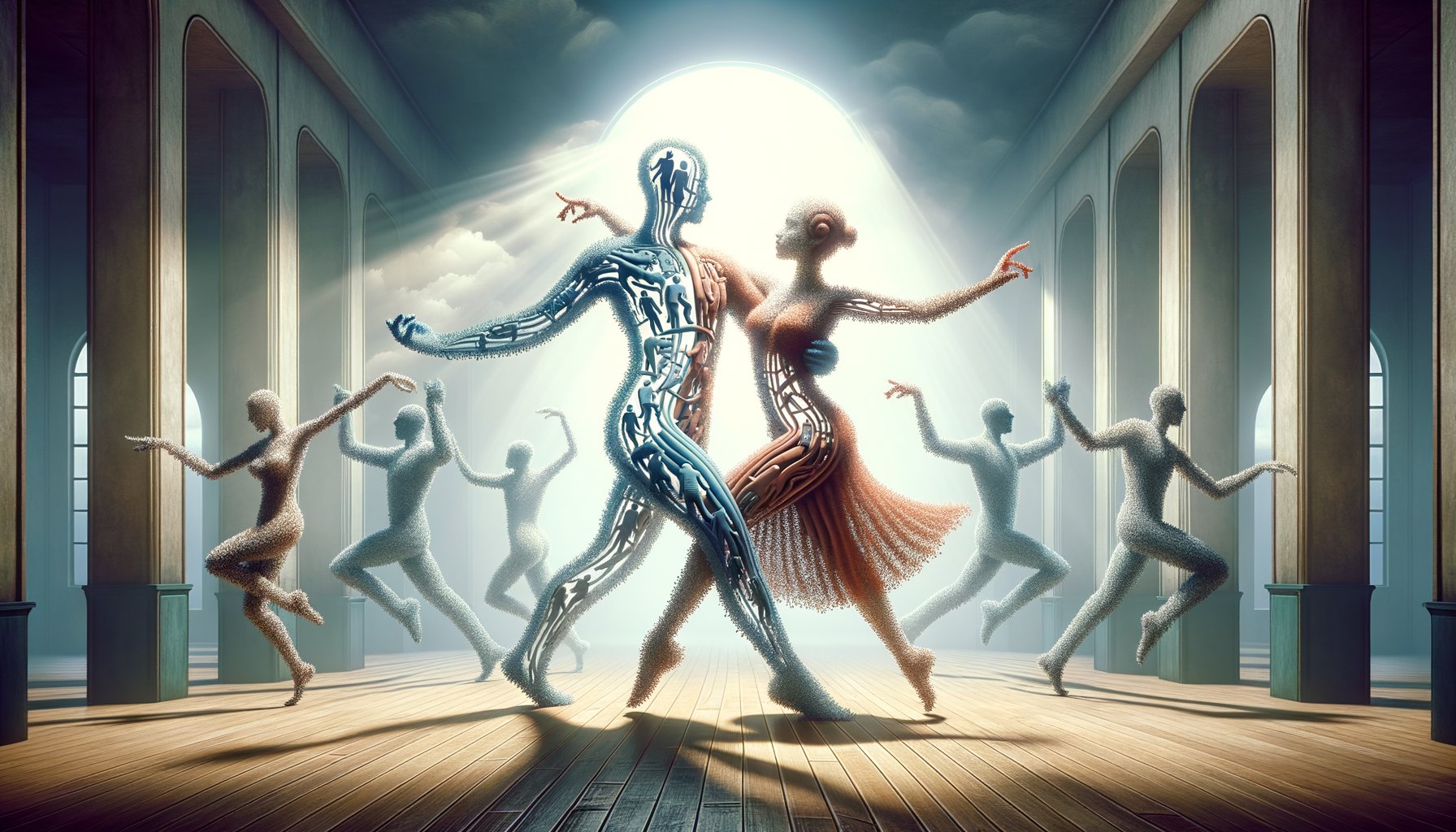Physical Address
304 North Cardinal St.
Dorchester Center, MA 02124
Physical Address
304 North Cardinal St.
Dorchester Center, MA 02124

Character development. It’s the heartbeat of every good story, the soul of every memorable novel. But what is it that makes a character leap off the page and embed themselves into our hearts and minds? Let’s delve into the fascinating world of psychology to uncover the secrets behind compelling character development.
The first thing we need to understand is that characters, like people, are shaped by their experiences. In psychological terms, this is known as ‘nurture’. Every event in a character’s life moulds them into who they are, just as our own experiences shape us. This forms the basis for their motivations, behaviours, and interactions with others.
But where does ‘nature’ come in? How much of a character’s personality is innate? Here’s where things get interesting. Just like us humans, characters can have traits that are inherent to their personalities. These traits can be influenced by various factors such as genetics or even prenatal conditions – think about those stories where a protagonist has an unusual ability or trait from birth.
Now let’s talk about the Big Five Personality Traits. In psychology, these five broad dimensions are used to describe human personality. They include Openness (inventive/curious vs consistent/cautious), Conscientiousness (efficient/organised vs easy-going/careless), Extraversion (outgoing/energetic vs solitary/reserved), Agreeableness (friendly/compassionate vs challenging/detached) and Neuroticism (sensitive/nervous vs secure/confident).
Incorporating these traits into your characters can provide depth and realism. For instance, consider a character who scores high on neuroticism – they might be prone to anxiety or mood swings which could add tension or conflict to the narrative. Conversely, a character with high agreeableness might be great at building relationships but could struggle with confrontation.
Another psychological concept that can aid in character development is Maslow’s Hierarchy of Needs. This theory suggests that people are motivated to achieve certain needs, and when one need is fulfilled, they seek to fulfil the next one. The pyramid starts with basic physiological needs (like food and water), then safety, love/belonging, esteem and finally self-actualisation.
Imagine a character who has their basic needs met but struggles with esteem – perhaps they have an overbearing parent or a competitive sibling. This struggle can drive their actions and decisions throughout the story, creating an arc of growth as they strive for acceptance and validation.
But what about change? People evolve over time, and so should your characters. In psychology, this is known as ‘development’. A character may start off shy and reserved (introverted), but through various experiences and interactions, they may become more outgoing (extraverted). This transformation doesn’t happen overnight; it’s gradual and filled with trials and tribulations that make it believable.
Cognitive dissonance, another psychological principle, also plays a significant role in character development. It occurs when a person holds contradictory beliefs or values or when their actions contradict their beliefs. A classic example could be a villain who realises their actions are causing harm which goes against their personal belief system. This internal conflict can lead to significant changes in the character’s behaviour or attitude.
A final note on empathy. Empathy is the ability to understand and share the feelings of another – it’s what allows us to connect with characters on a deep level. When creating characters, consider how you want your reader to feel about them. Do you want them to empathise with your character’s struggles? To cheer for their victories, or perhaps even understand their villainous actions? By tapping into this powerful psychological tool, you can create characters that truly resonate with your readers.
Character development is an intricate dance of psychology and creativity. It’s about understanding the human mind, how it works, and how it changes over time. So next time you sit down to craft a character, remember – you’re not just creating a person on a page; you’re bringing to life a complex tapestry of experiences, emotions and evolution.